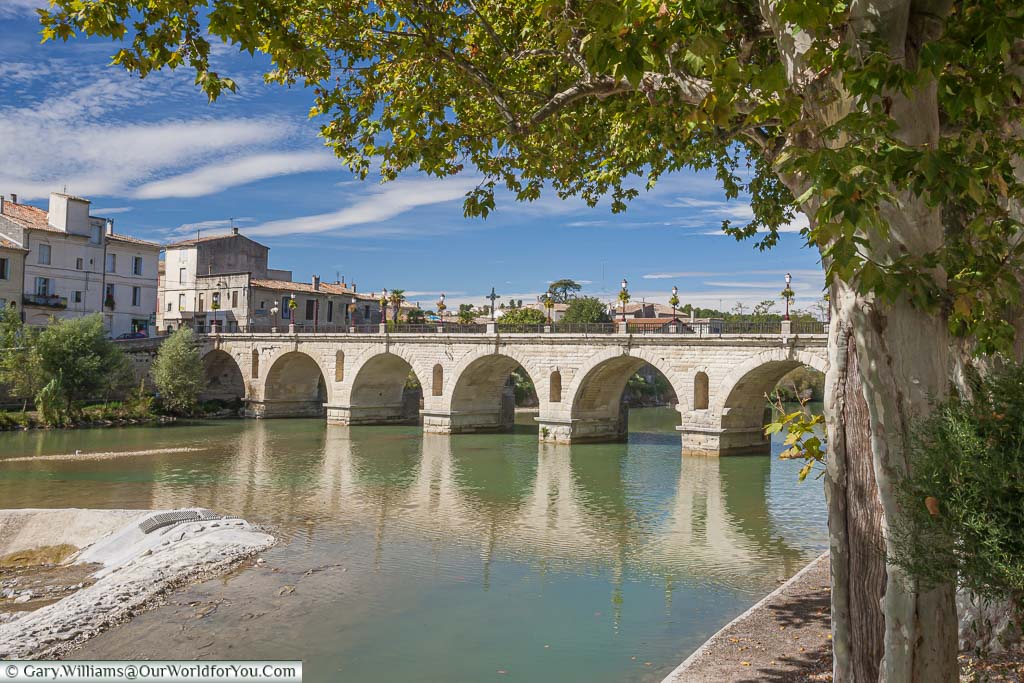9 beautiful French locations to discover
Yay, we’ve arrived at part VI of exploring stunning locations in France. I love writing these posts as France is one of my cherished countries to visit. There are so many incredible locations to find in France, and the landscape and cuisine are magnificent.
Whether you’re looking for a bustling city in the South of France or an intimate rustic village in the Dordogne, France has something for everyone. It’s the regional differences that Gary and I adore; there is always something unique to discover in each Department.
We live in the southeast of the UK, and we’re so fortunate to have the delights of France on our doorstep. Our location allows us a few options when we travel, depending on our mode of transport, usually by car, we love road-tripping through France and exploring some off-beat locations.
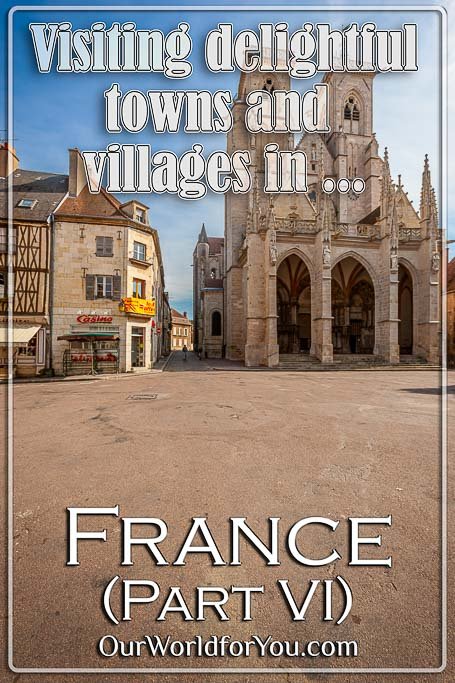
We can either jump on Le Shuttle and arrive in Calais in 35 minutes or enjoy a leisurely cruise on the open waves with DFDS or P&O. Alternatively, we can head down to the south coast of England and catch Brittany Ferry to other parts of northern France.
Alternatively, we can hop on the Eurostar; this is such a relaxing way to travel, especially if you’re heading to Lille or Paris.
We have discovered so many charming places during our plentiful tours through France. Some of the French locations we’ve visited purposely, others we just stumbled upon while touring.
Our List of 9 Destinations
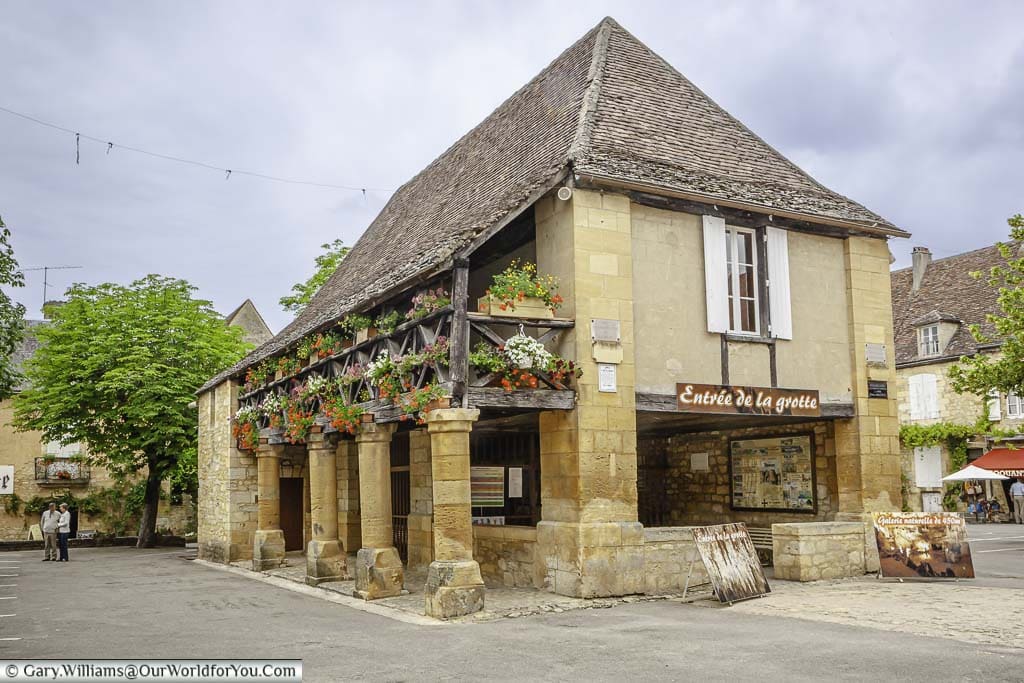
Domme has been given the honoured title of one of ‘The Most Beautiful Villages of France’, and you can understand why the golden-stone architecture all through Domme is so warming and attractive to see. It’s such a pleasure exploring the historic streets.
Domme was founded as a stronghold in 1281 by King Philip III of France and served as a tactical defence during the Hundred Years War.
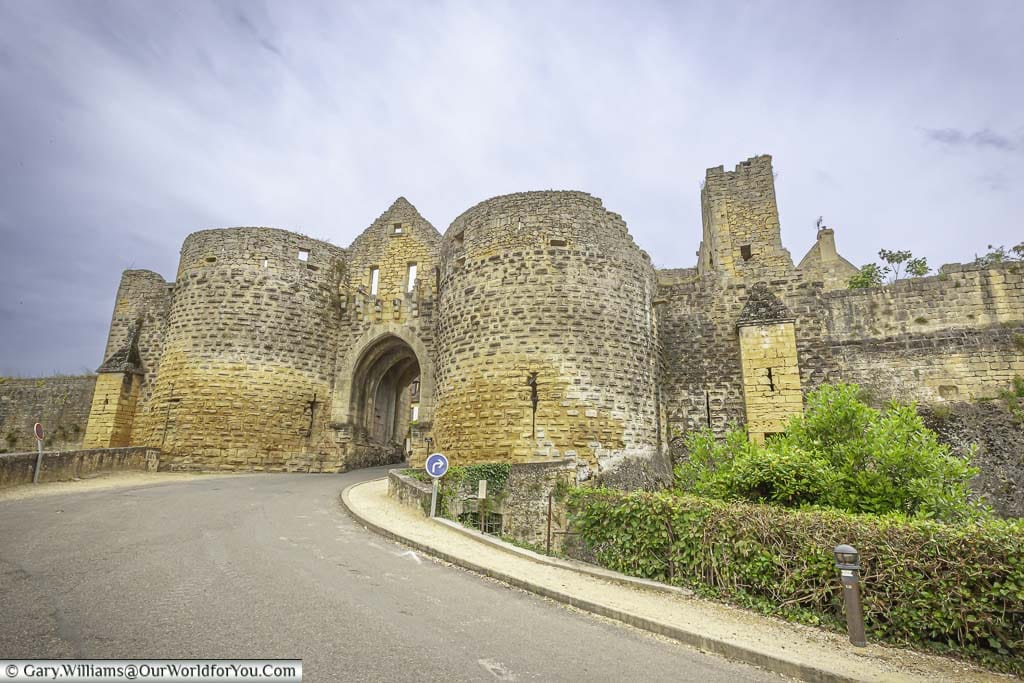
This beautiful village has some fascinating ancient history, leaving you asking more and more questions about its captivating past. I love the history surrounding The Knights Templar and their Crusades. In 1307, many of the Templar knights were imprisoned in Domme. A vast amount of Templar graffiti can still be seen within the prison walls.
Domme is an exquisite town and one you should certainly visit if you are touring the Dordogne region of France.
Where we stayed in Domme
Our accommodation while staying at Domme was at L’Esplanade. This charming hotel is in the heart of the medieval city and has incredible views across the Dordogne Valley.
The hotel and the bedroom room were very comfortable, and the cuisine served at the buffet breakfast and onsite gastronomic restaurant was delicious.
Stay informed
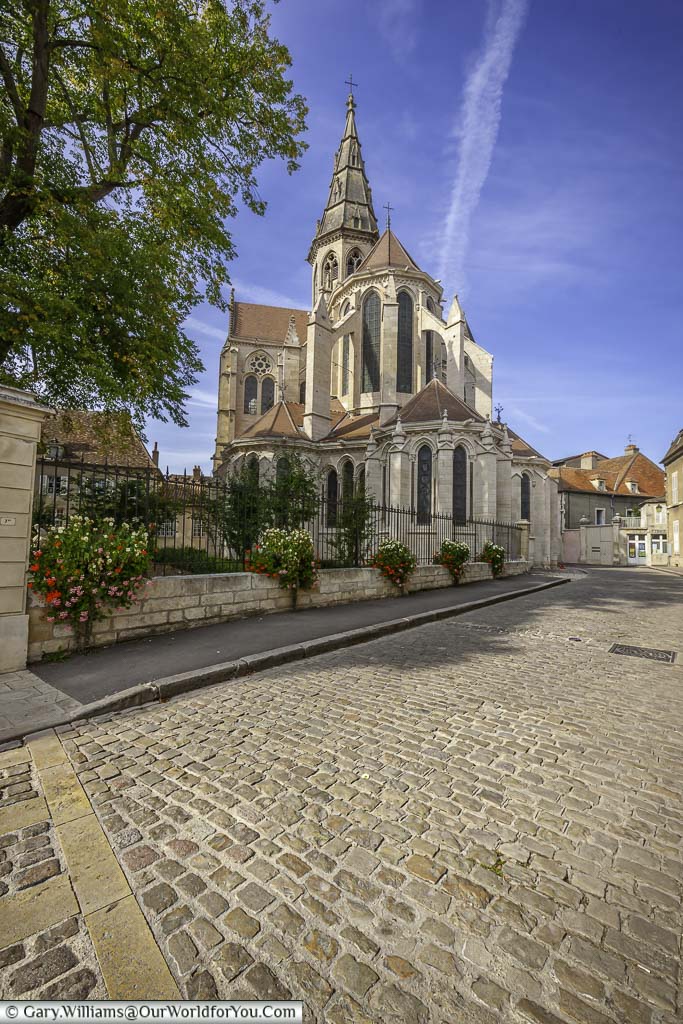
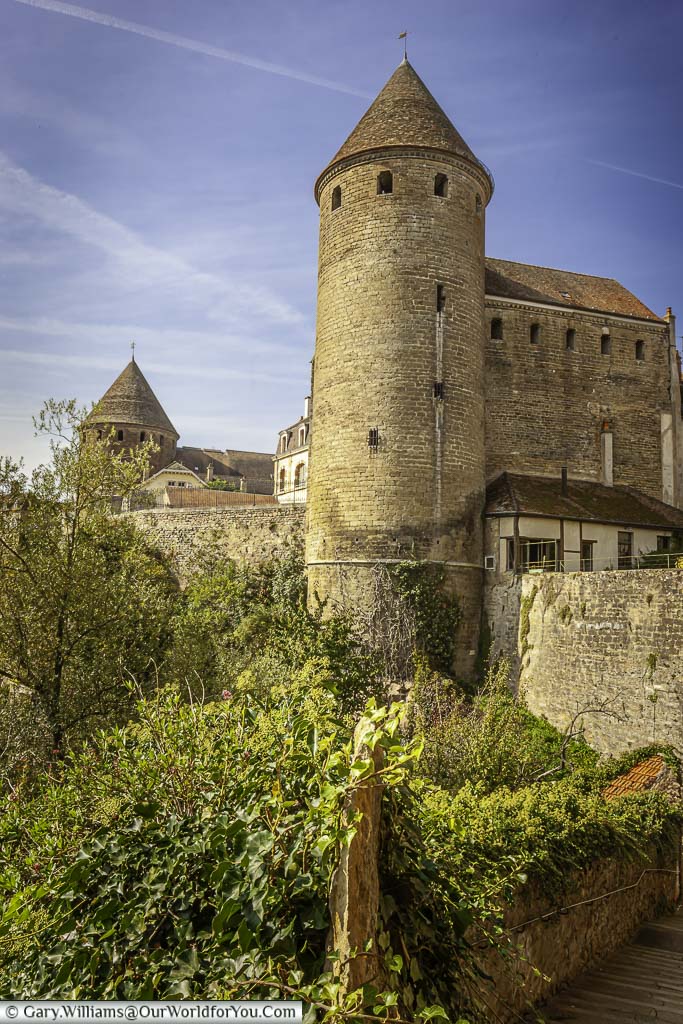
Whether you approach Semur-en-Auxios by crossing the Pont Joly, the historic road bridge or Pont Pinard, the attractive footbridge, you’ll see the huge circular pepper-pot towers standing so prominent within the town’s skyline.
The four towers that once formed part of this fortified town are la tour de l’Orle d’Or, la tour de la Gehenne, la tour de la Prison and la tour Margot.
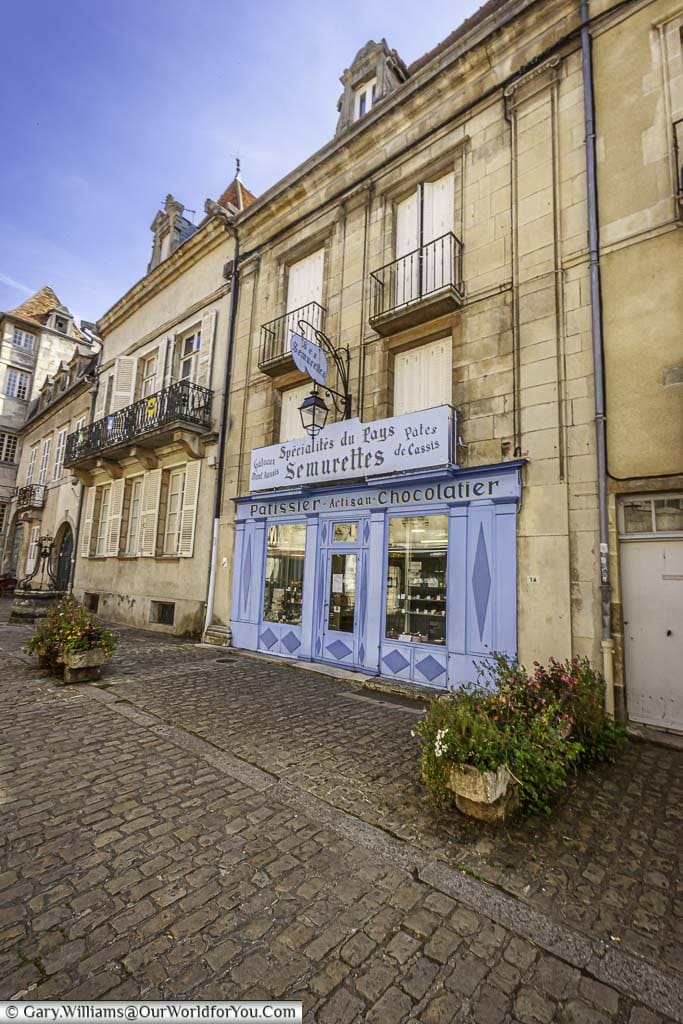
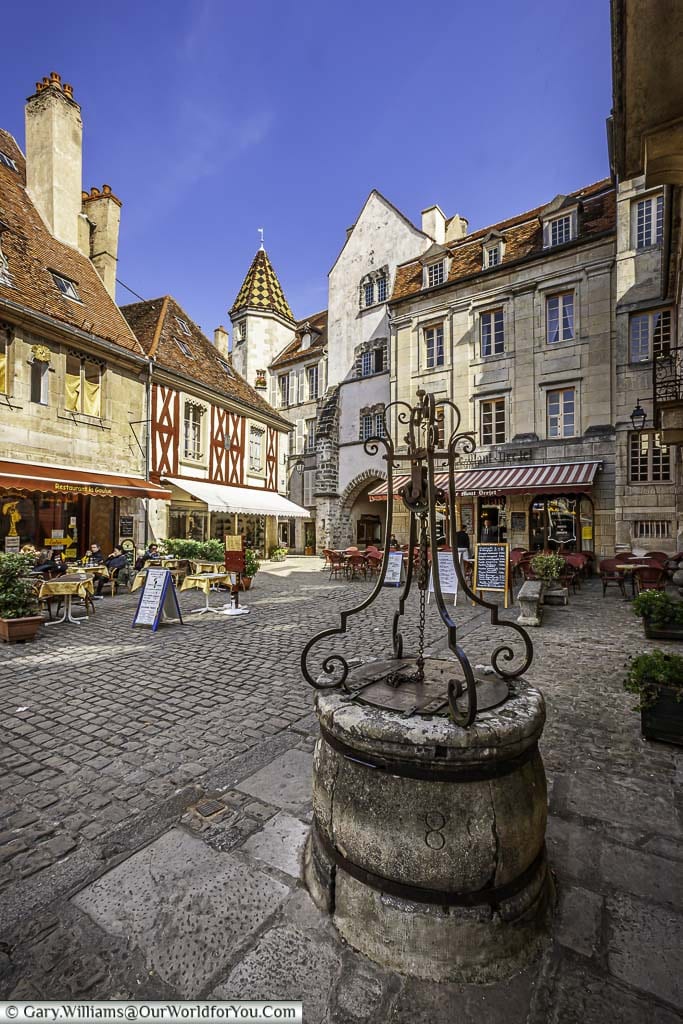
The cobbled streets of Semur-en-Auxios are a delight to stroll around; there is a lovely mix of architectural styles with so many historic half-timbered buildings to admire and charming homes with traditional slated shutters.
As you wend your way through the medieval lanes, ensure you visit the striking Church of Notre Dame, which was founded in 1225 in a stunning Gothic style.
After a few hours of exploring the historic town and strolling the ramparts, relax and enjoy one of the many cafés and bistros.
Where to stay in Semur-en-Auxios
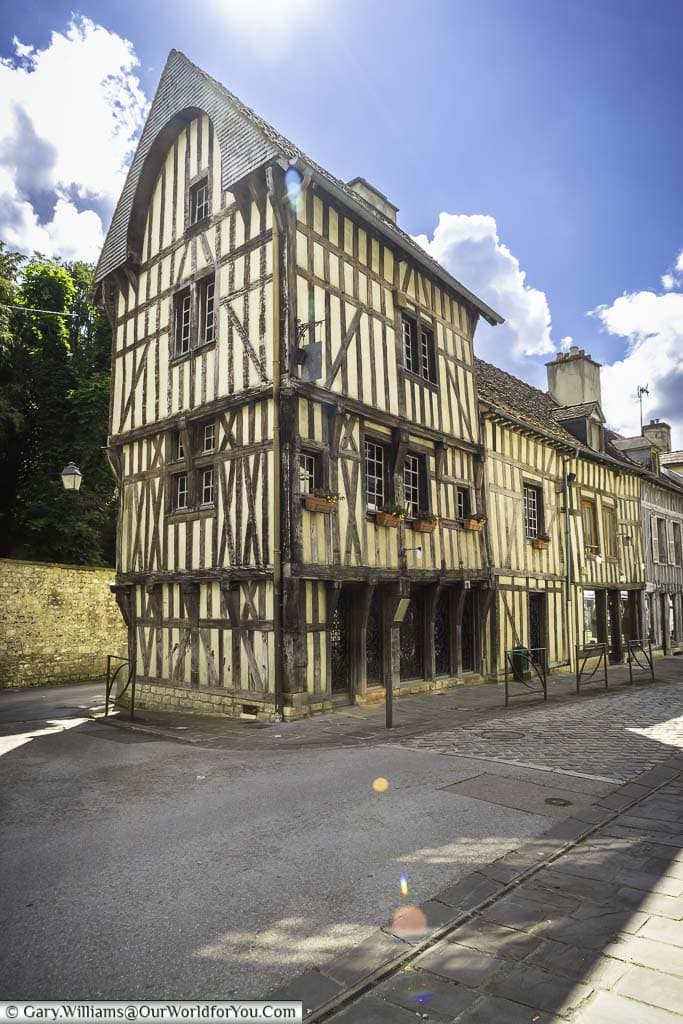
We visited Bar-sur-Seine when we embarked upon our Champagne road trip around the stunning Aube department of France.
Bar-sur-Seine is located around 20 miles (33km) southeast of Troyes and was so incredibly peaceful. We explored Bar-sur-Seine as part of a mini road trip from Bar to Bar in a car. Our adventure started in the charming village of Bar-sur-Seine, weaved our way across the rolling vineyards of Champagne, and finished at Bar-sur-Aube.
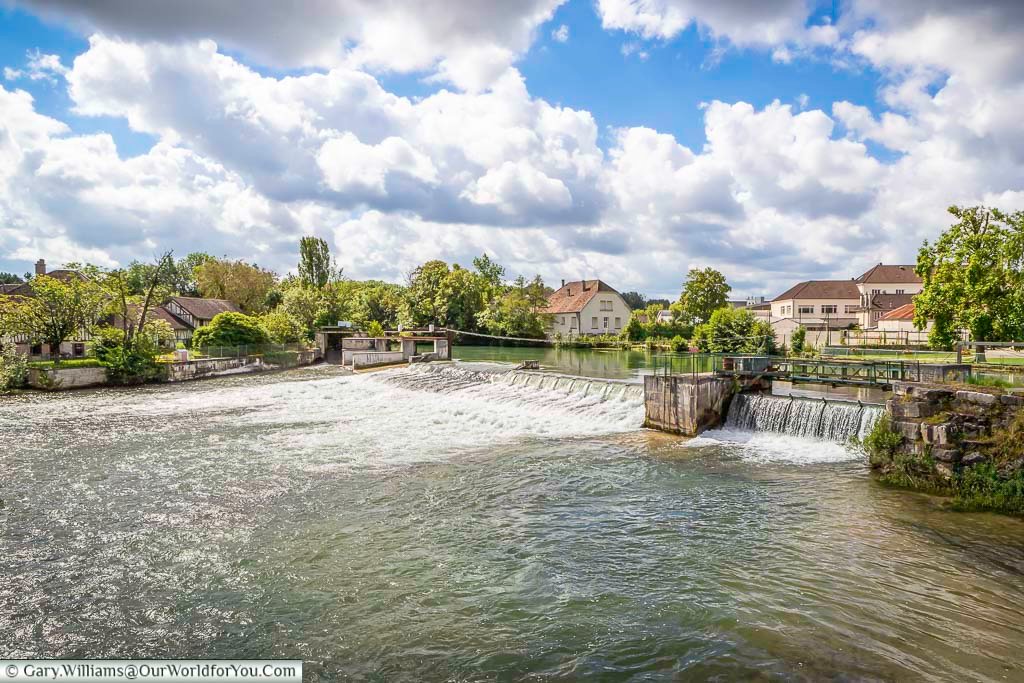
Where we stayed near Bar-sur-Seine
Crit'Air vignette required for driving in France
If you’re heading to France from the UK with your own vehicle, you’ll need a Crit’Air ‘clean air’ car sticker.
Just like our low-emission zones in the UK, France now legally requires the display of a Crit’Air vignette. The good news is, these stickers are readily available and affordable online through the official French government website.
The Crit’Air sticker lasts the lifetime of the vehicle, so it’s a one-off purchase. The RAC website offers an in-depth guide to everything you need to know and your requirements.
We’re now heading down to the South of France to the beautiful hilltop village of Les Baux-de-Provence in the Provence-Alpes-Côte d'Azur region.
Les Baux-de-Provence, known locally as Les Baux, sits high on a rocky outcrop within the Alpilles mountains of the Alpilles Regional Natural Park. This delightful village is considered to be one of Les Plus Beaux Villages de France.
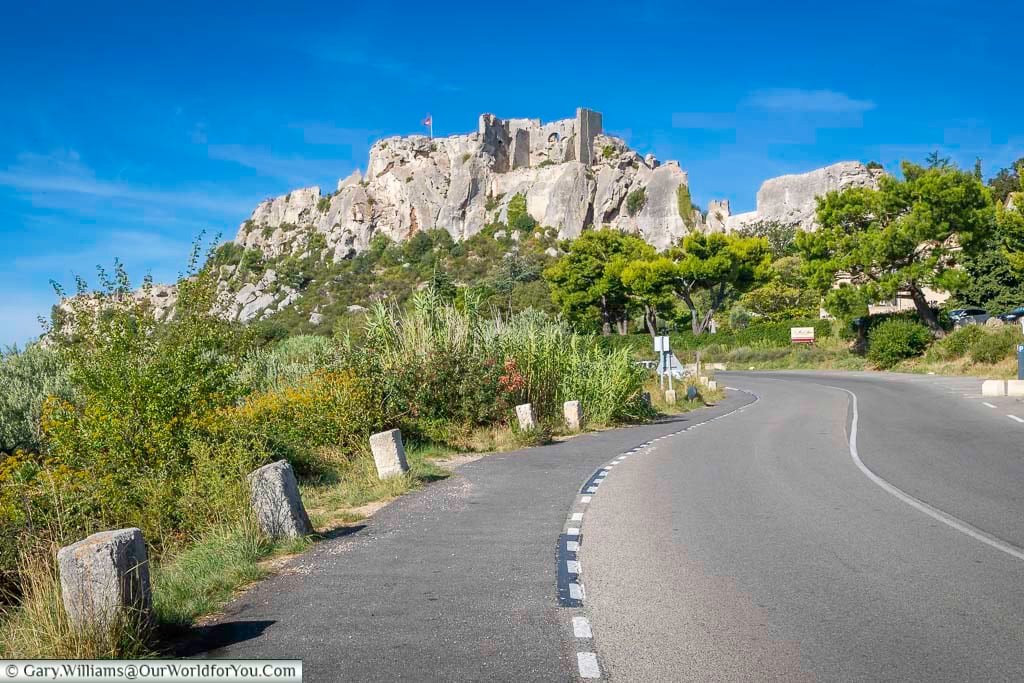
Les Baux is a gorgeous medieval village with a maze of narrow winding lanes with no car to be seen. Les Baux is stunning. As you wend your way further and further up through the village along the cobblestone streets, you’re transported back to another era.
It’s easy to see why the historic village of Les Baux attracts so many visitors a year; the average number of residents in Les Baux is around 350; however, the tourist numbers swell to 1.5 million annually.
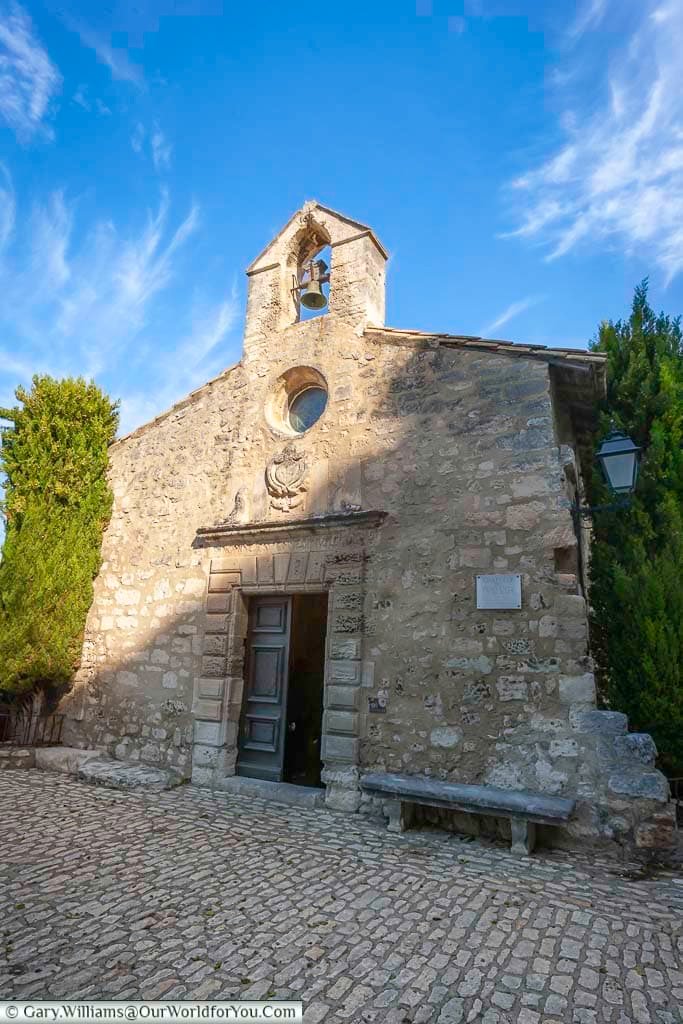
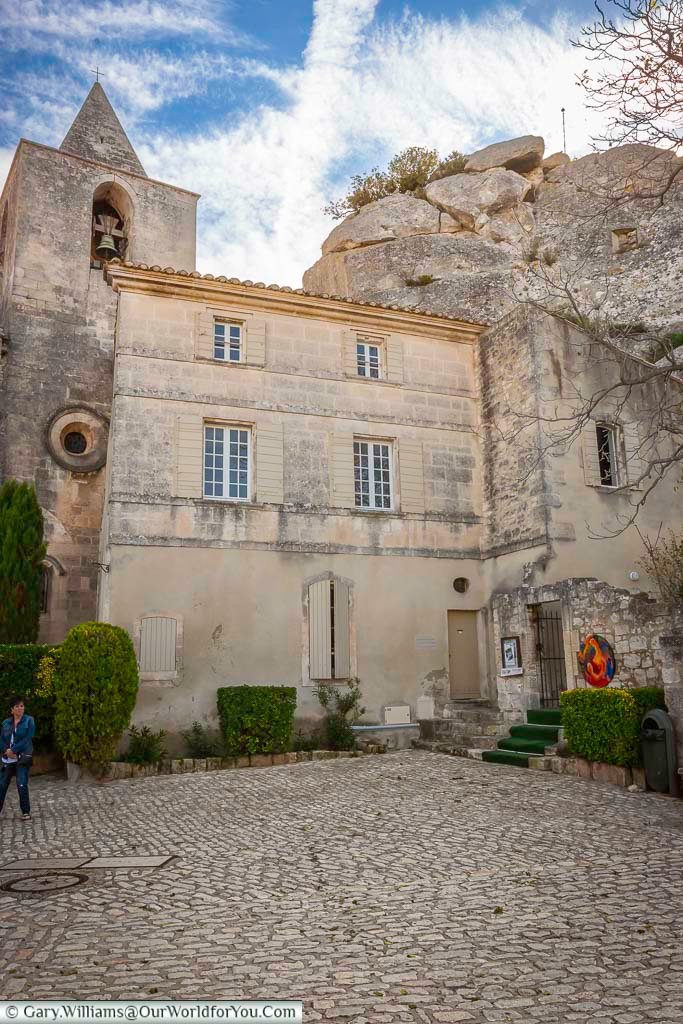
As you approach Les Baux-de-Provence, you’ll undoubtedly see the castle ruins of Château des Baux-de-Provence, built from the 11th to 13th-century and stands overlooking the surrounding Provencal countryside.
If you wander to the far end of the rocky outcrop, you’ll enjoy some incredible views across the Alpilles Natural Park and the pleasing sight of the gnarly olive groves below.
Where we stayed near Les Baux-de-Provence
While we were touring Provence, our accommodation was in Saint-Rémy-de-Provence at the delightful Hotel Gounod. It is incredibly central, with off-site parking, fantastic service, and friendly staff.
It was a pleasure each morning strolling down into the patio/lounge area to enjoy your Provençal breakfast in the dappled sunshine.
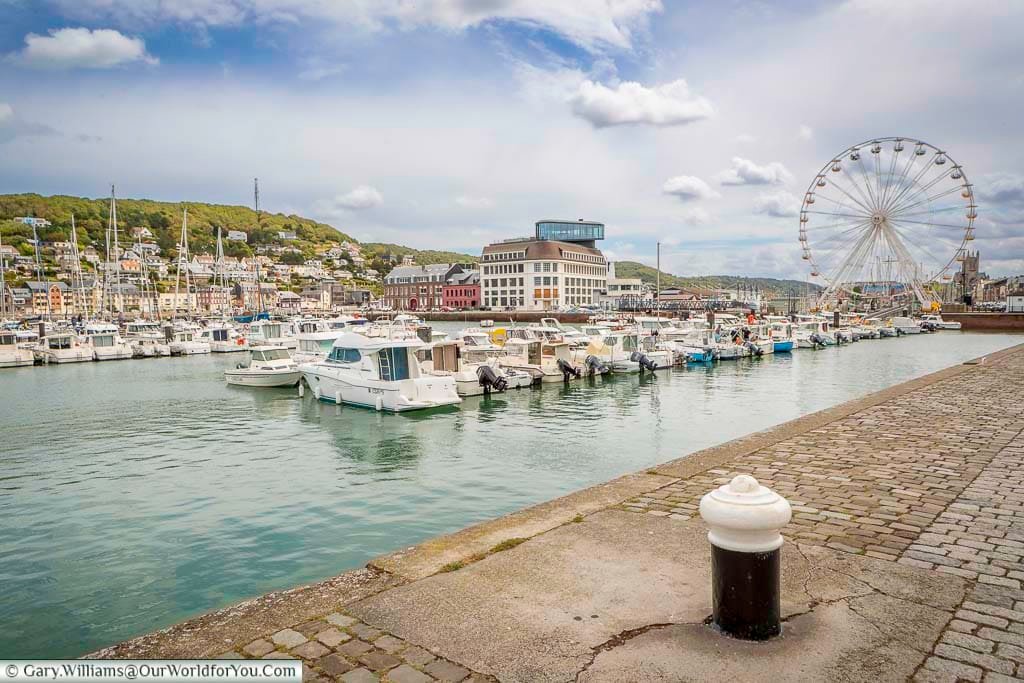
Fécamp is a historic seaside town with a productive past as a bustling fishing port. Today, small fishing boats can still be seen heading out into the Channel, though the charming marina is now home to the jingling masts of local folk’s yachts.
Fécamp was once a coastal base for the Dukes of Normandy. In 932, William I of Normandy (William Longsword) built a grand castle that was to be the residence of many Norman Dukes until 1204.
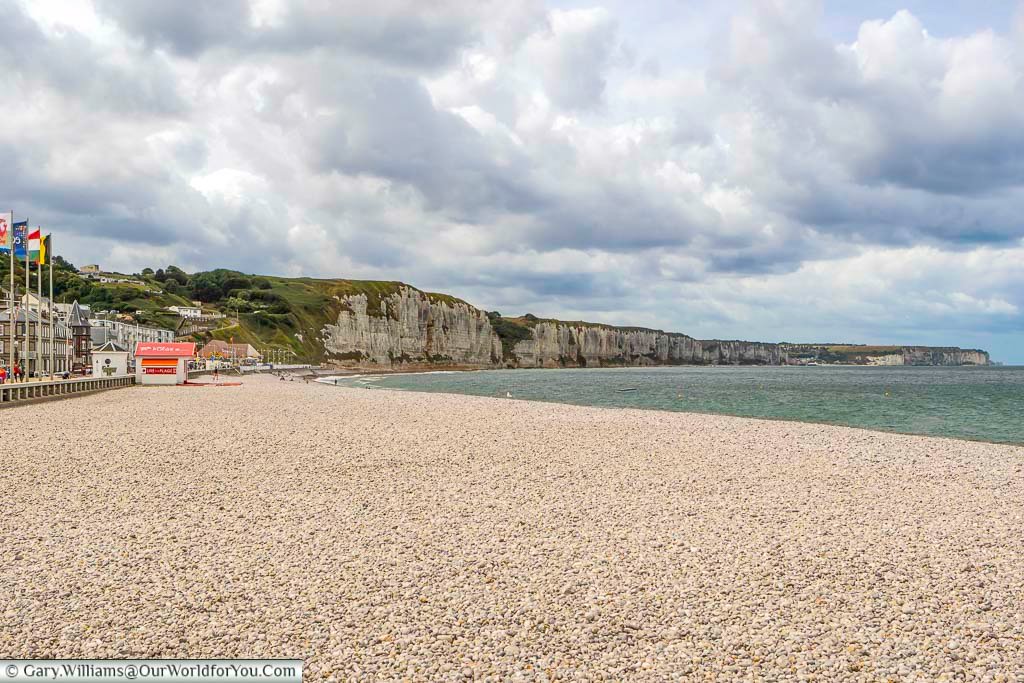
A must-see in Fécamp is the palatial Palais Bénédictine, a former Benedictine abbey built in neo-Gothic and neo-Renaissance styles for Alexandre Le Grand. Alexandre Le Grand rediscovered the ancient recipe for an herbal Bénédictine liqueur left by a Venetian Monk who lived at Fécamp Abbey in the 16th-century.
Fécamp is located around 26 miles (43km) from Le Havre and 44 miles (70km) from the ancient city of Rouen, where we stayed.
Where we stayed near Fécamp
The accommodation we chose during this section of our Normandy road trip was in Rouen at the Mercure Rouen Centre Champ de Mars.
The hotel’s location is about a 10 to 15-minute walk to the heart of the old town, an ideal place for discovering Rouen and its surrounding towns & villages.
If you are driving, this hotel has a chargeable underground car park with direct access to the hotel. We had no problem parking here for the 3 nights, and it is ideal if you have a larger vehicle.
We love visiting France and each region so different from one another. I find the DK Eyewitness Guides really helpful in planning a trip and so often find interesting little snippets of info.
Take a peek at this revised Top 10 Pocket Travel Guide and see what you can discover.
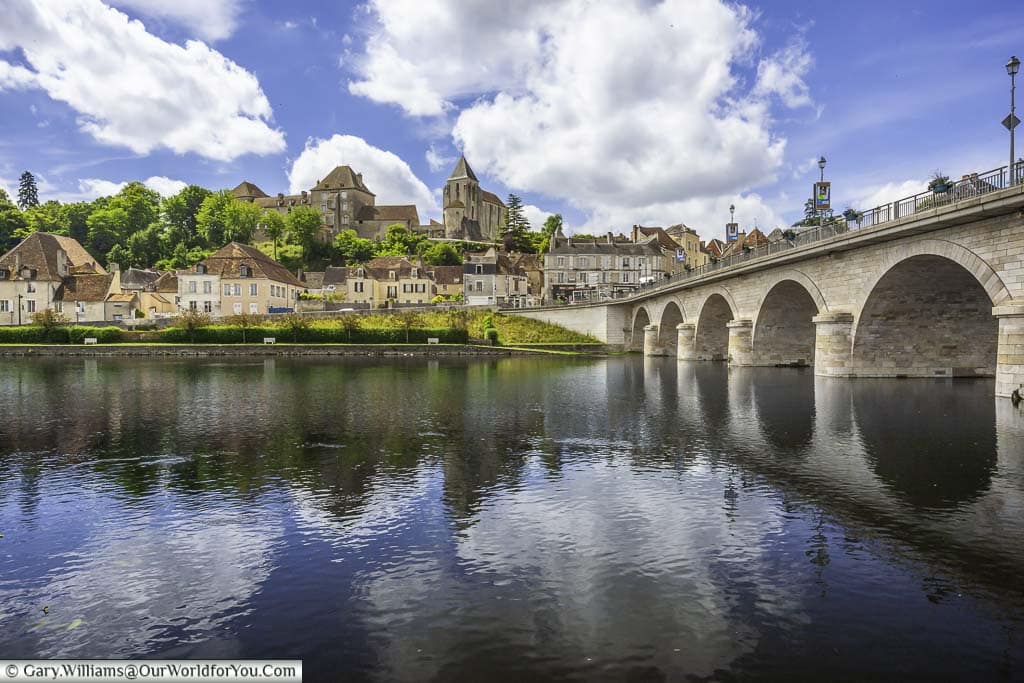
As you stroll around the streets of Le Blanc head to Place de la Libération, the town square holds a regular market offering local fruit, vegetables, cheeses, flowers, and other regional produce.
A delightful arched bridge straddles the Creuse river; take a stroll across to the south side of Le Blanc to visit the 12th-century medieval Chateau Naillac, with twin dungeons. The Chateau Naillac houses the Écomusée de la Brenne.
Nearby is the Église of Saint-Cyran du Blanc, a beautiful Romanesque church built in the 12th-century and was listed as a historic monument in 1932.
In our opinion
We’re heading back north again to Normandy to explore the tiny village of Le Bec-Hellouin.
Le Bec-Hellouin is such a picturesque little village, overflowing with striking timber-framed cottages and floral displays that will enchant the senses. There’s no surprise that Le Bec-Hellouin has also been listed as one of the “most beautiful villages of France”.
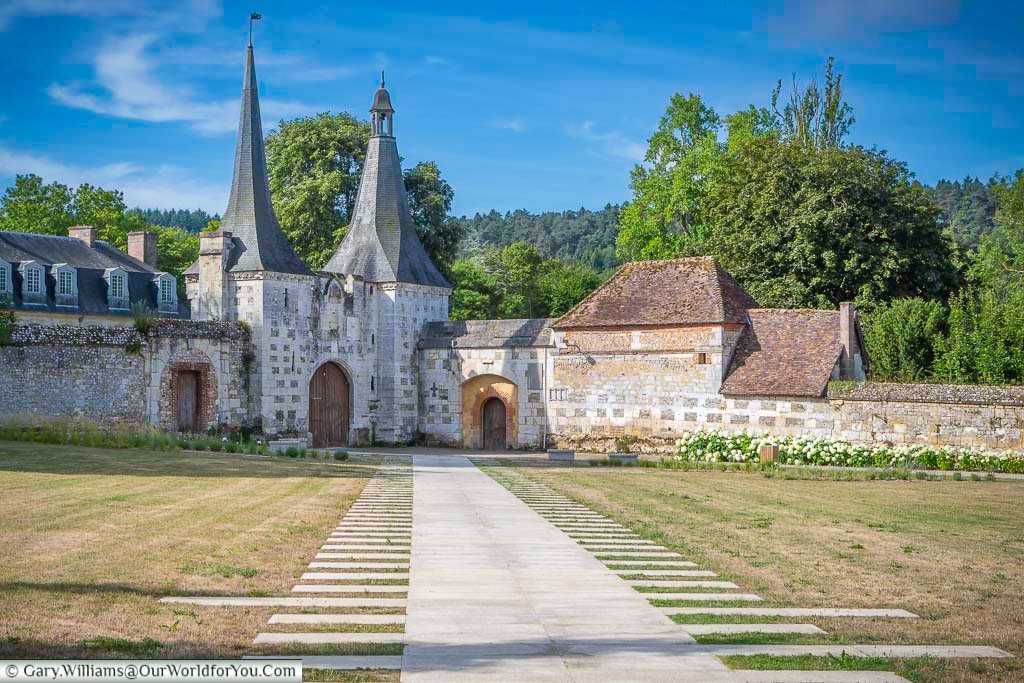

Even though Le Bec-Hellouin is stunning, this delightful village is home to the historic Abbaye Notre-Dame du Bec. Bec Abbey was founded in 1034 by Hellouin, or Herluin, who had previously served as a knight under the Norman Count of Brionne prior to converting to the monastic life.
If you’re visiting Normandy, ensure you squeeze in a visit to Le Bec-Hellouin.
Why not?
Start creating your own French adventure and discover the enchanting French countryside for yourself. Why not search for your flights in one easy place with Booking.com. That's right, they also help you find the best flight options too (Follow the link to find out)
Or alternatively, catch a Brittany Ferry and tour through France under your own steam.
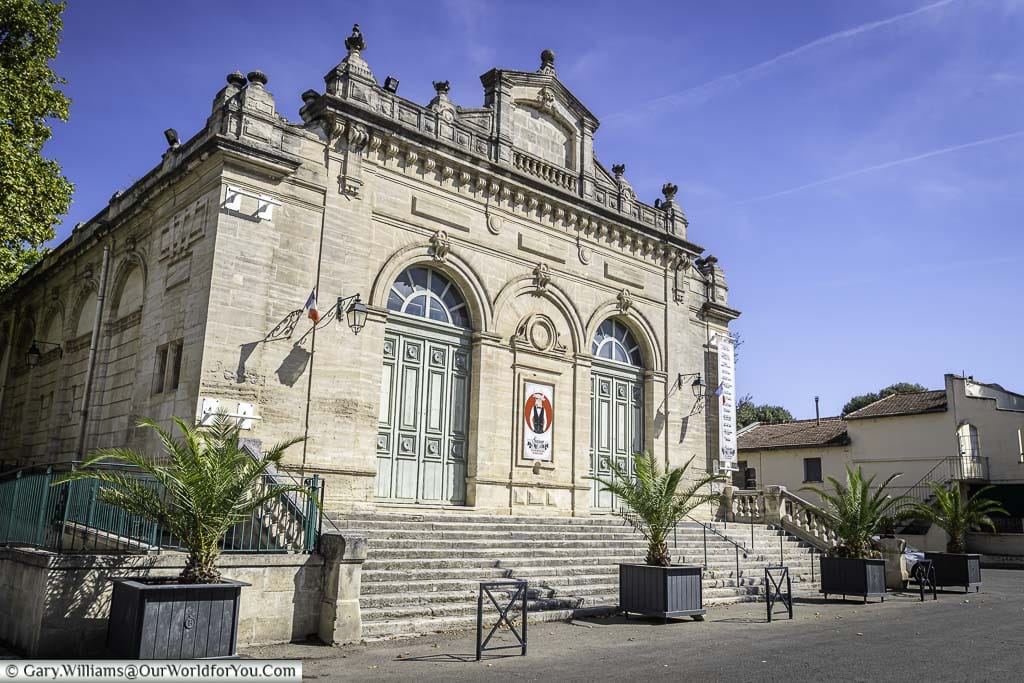
Beaucaire has the unique aspect of not only lying along the banks of the River Rhône but also sharing the waterways of the Canal du Rhône à Sète.
Beaucaire is a charming town to explore on foot, known for its rich history and medieval architecture. It still has many beautifully preserved buildings and monuments. Sitting high above the ancient town are the ruins of Chateau de Beaucaire, built in the 11th century and once the residence of the Counts of Toulouse and the Lords of Beaucaire.
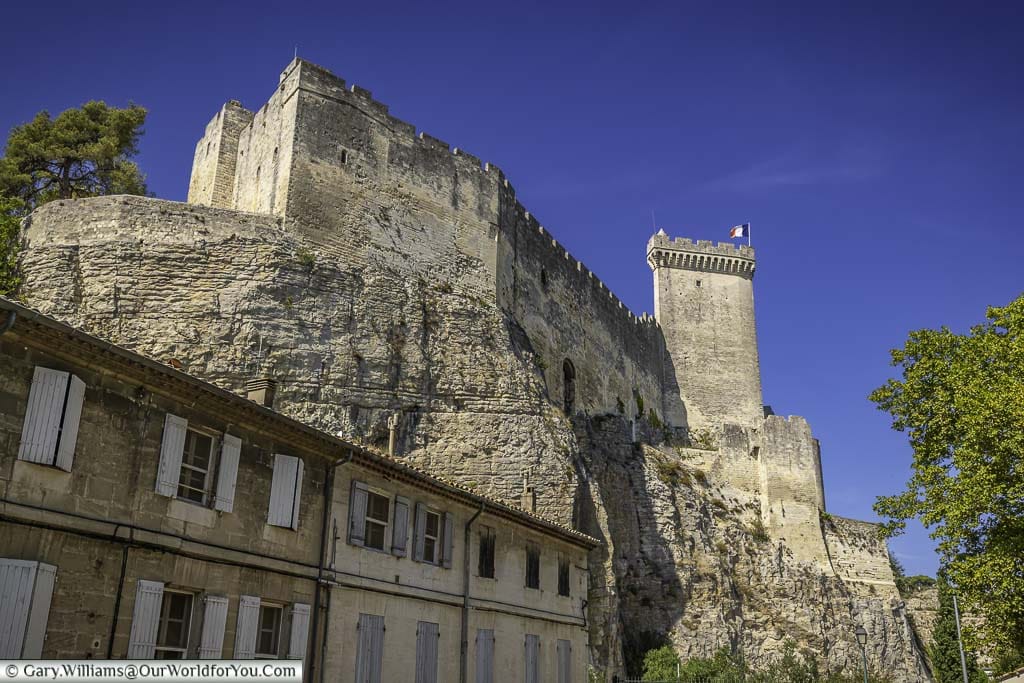
I love nothing more than planning a trip through France and so often I use the DK Eyewitness books. I find them extremely informative, easy to follow and the pictures and maps tempt you into discovering more.
We used a previous version of this book to plan our French road trips, now you can grab the revised copy.
Have you seen?
Our final destination is Limoges in the Nouvelle-Aquitaine region of France. Limoges is historically famed for its porcelain and enamels and sits on the banks of the expansive River Vienne.
The ancient city of Limoges was founded in 10BC by the Romans and became a significant Gallo-Roman city. Today, within Limoges’s ‘Quartier de la Boucherie’, stroll amongst the picturesque, cobbled lanes, lined with charming half-timber framed buildings and home to quaint boutiques and cafés.
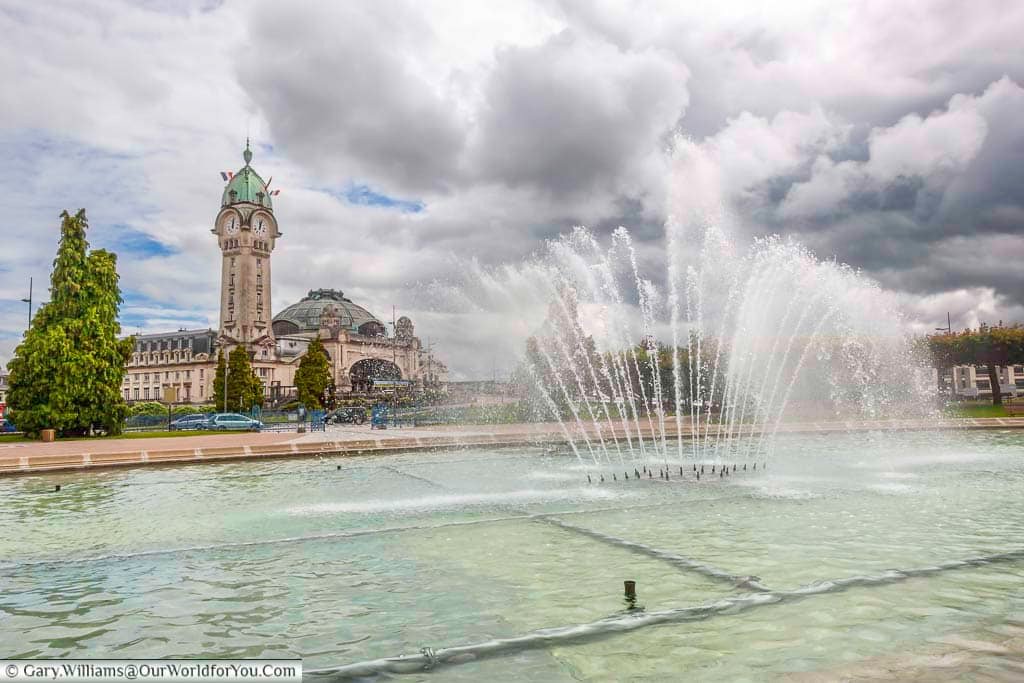
Another sight not to be missed in Limoges is the magnificent Saint-Etienne Cathedral, built in the eye-catching Gothic style. Construction began on Limoges Cathedral in 1273; however, it wasn’t completed until centuries later, in 1888.
There are many beautiful structures to be found within Limoges, including Saint Martial Bridge dating from the Roman era, the town hall, the Church of St-Michel-des-Lions, the Chapelle Saint-Aurélien and the impressive Limoges-Bénédictins railway station.
Don’t miss parts I, II, III, IV and V of our adventures in France
* This post may contain links to affiliated sites where we earn a small commission at no additional charge to you.






